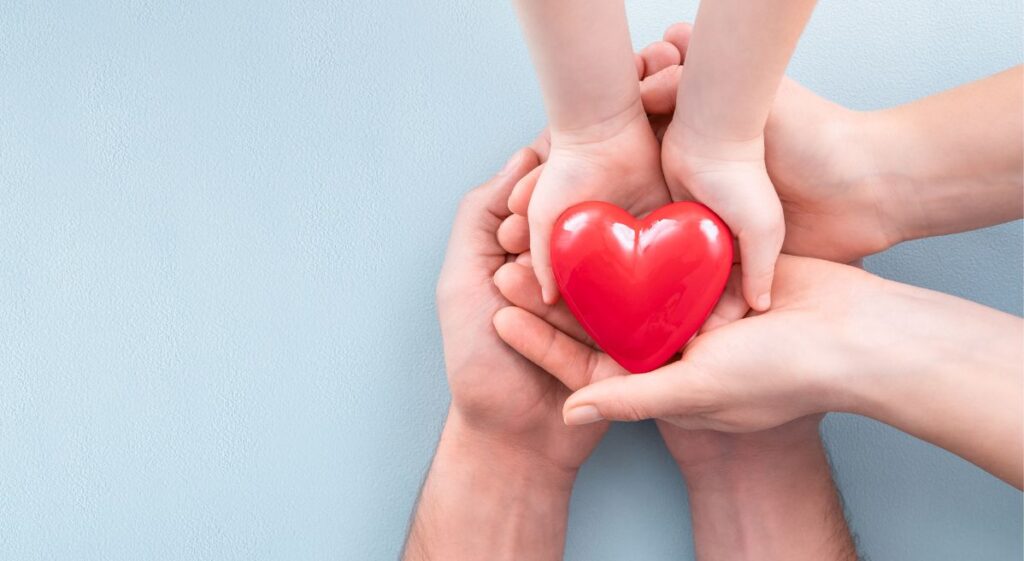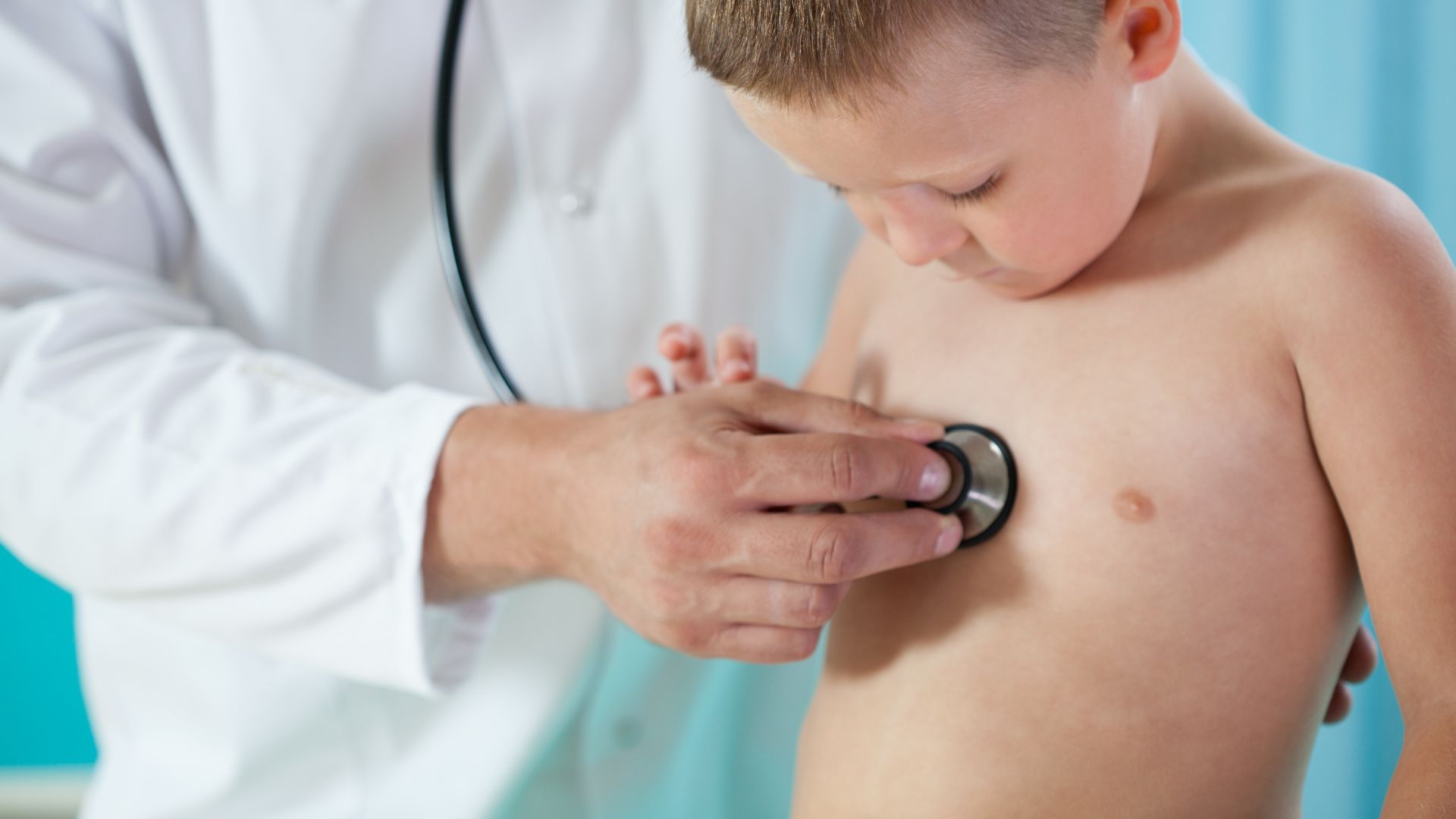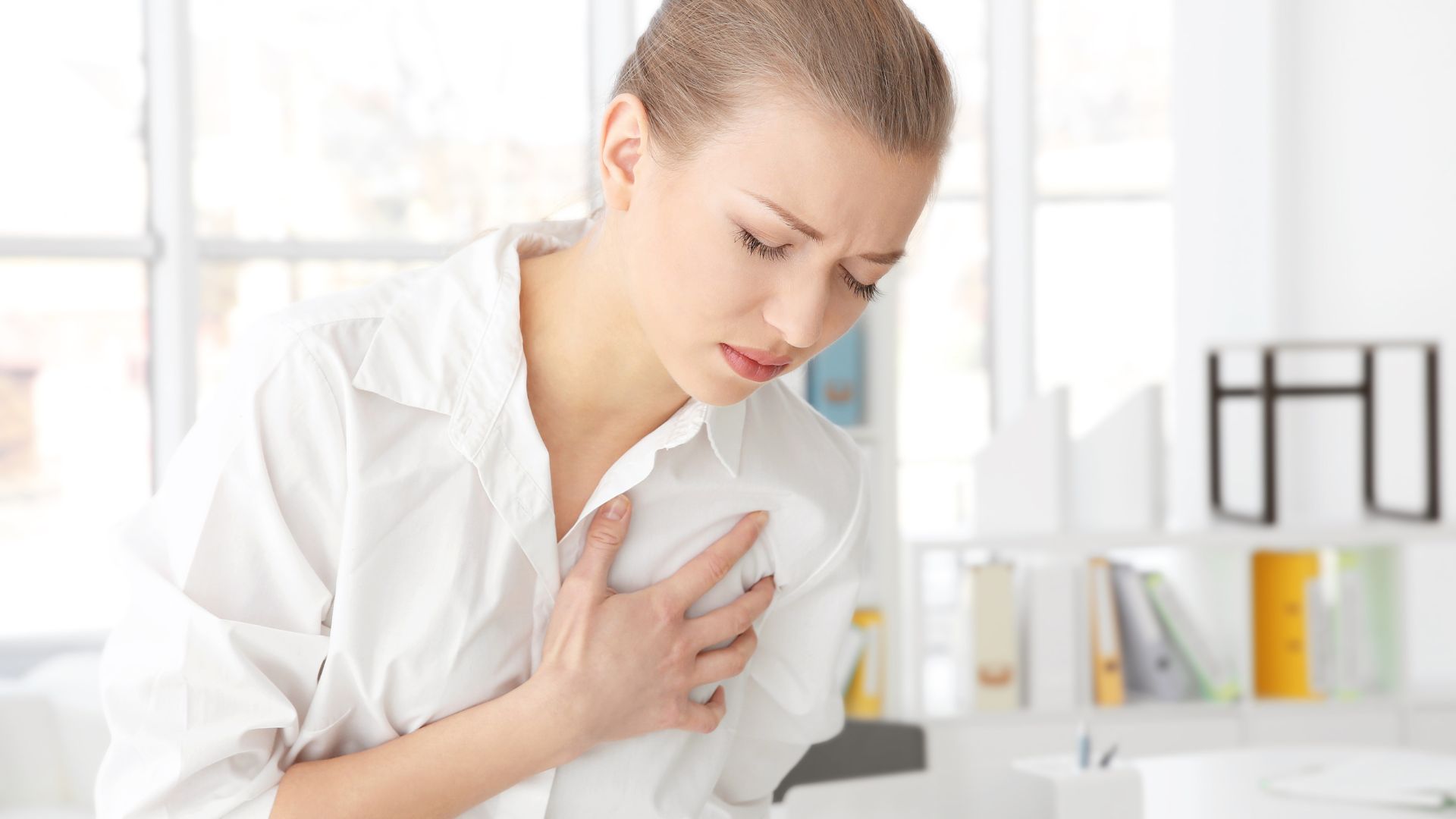Cardiomyopathy is a common condition in children and teenagers and the leading cause of sudden cardiac death in individuals up to 18 years old. Cardiomyopathy is a disease of the heart muscle that results in changes such as thinning, enlargement, or reduced elasticity of the heart muscle.
The disease can be present without symptoms, so families with members who have heart conditions or who have experienced sudden death before the age of 50 should be vigilant and undergo regular cardiological examinations.
Cardiomyopathy differs from many other heart problems in several ways:
- It often occurs in children.
- It tends to worsen, sometimes rapidly.
- It can be associated with diseases of other organs, not just the heart.
- Cardiomyopathy is the leading cause for heart transplantation.
The causes of cardiomyopathy in children and teenagers
The causes of cardiomyopathy in children and teenagers are varied and can include:
- Inheritance from one or both parents
- Viral infections
- Toxins affecting other organs
- Use of chemotherapy drugs
- High blood pressure
- Heart rhythm problems
- Congenital heart defects
- Certain medications
Despite advances in genetic testing, the exact cause of cardiomyopathy remains unknown in two-thirds of children diagnosed with this condition.
The symptoms of cardiomyopathy in children
The symptoms of cardiomyopathy in children can sometimes be mistaken for a cold, flu, asthma, or stomach pain. Some children may not have any symptoms of the disease, while others may experience symptoms such as:
- Shortness of breath or rapid breathing
- Dizziness and fainting
- Irregular or rapid heartbeat
- Bloating or abdominal swelling
- Chest pain
- Extreme fatigue
Infant cardiomyopathy
Infant cardiomyopathy can present with some of the following symptoms: poor weight gain, excessive sleepiness, difficulty feeding, or excessive sweating.
The consequences of cardiomyopathy in infants are serious and can include:
- Swelling in the legs, abdomen, or lungs
- Cardiac weakness
- Embolism
- Arrhythmias
- Sudden cardiac arrest
Warning signs of sudden cardiac arrest
Warning signs of sudden cardiac arrest should be recognized.
IMPORTANT: If your child experiences chest pain or discomfort, fainting, especially during physical activity, excessive fatigue during exercise, or unusually fast heartbeats, they should see a pediatric cardiologist for a thorough examination.
At the PULSE Cardiology Center, the Department of Pediatric Cardiology provides treatment for children from birth to 18 years old with congenital and acquired heart abnormalities, heart diseases, and cardiac rhythm disorders.
Examinations are conducted by Professor Dr. Jovan Košutić with the constant presence of skilled medical staff and physicians.
There are 4 forms of cardiomyopathy:
Dilated cardiomyopathy (DCM): The most common form of cardiomyopathy. The heart muscle becomes enlarged and stretched (dilated), causing the heart to weaken and not pump blood effectively. Problems that can occur with DCM include changes in heart rhythm, blood clots, mitral valve regurgitation, or heart failure. The most common cause of dilated cardiomyopathy is viral infection of the heart muscle leading to inflammation (myocarditis). DCM can also be caused by exposure to toxins or certain strong medications, such as those used in some types of chemotherapy. Genetics can also play a role. Approximately 1 in 5 people with DCM have a parent, sibling, or child with the disease. However, in many cases, the cause remains unknown. The most common symptoms in children are pale or gray skin color, cold skin and clammy sweat, rapid heartbeats and rapid breathing, shortness of breath, fatigue, chest pain, loss of appetite, and slow growth.
In some cases, virus-induced dilated cardiomyopathy may become less severe over time. On the other hand, in some cases, the condition may worsen. Depending on the child’s condition, the cardiologist monitoring their health may recommend heart transplantation.
Hypertrophic cardiomyopathy (HCM): In HCM, the heart muscle becomes thicker than normal. This obstructs the flow of blood to the rest of the body. The thickened muscle can also affect the mitral valve. This valve separates the left atrium and left ventricle, and in this condition, it may leak, allowing blood to flow backward from the left ventricle to the left atrium instead of forward to the rest of the body. HCM is often inherited. About half of children with this disease have a parent, sibling, or child with specific thickening of the left ventricular muscle or ventricular septum, sometimes without any symptoms of the disease. Children with hypertrophic cardiomyopathy may have symptoms that worsen with exertion. This condition can be treated surgically, including removing a portion of the enlarged heart muscle, implanting a pacemaker or defibrillator, or heart transplantation.
Restrictive cardiomyopathy (RCM): RCM is the rarest form of cardiomyopathy in children, occurring when the heart chambers become too stiff and do not relax properly to fill with blood between heartbeats. Based on current medical knowledge, RCM is not inherited. However, some of the diseases that lead to this condition can be inherited. Health conditions that may be associated with restrictive cardiomyopathy include scleroderma – a chronic degenerative disease that affects the joints, skin, and internal organs; amyloidosis – a rare disease that causes the accumulation of proteins and starch in tissues and organs; sarcoidosis – a rare inflammation of lymph nodes and other tissues throughout the body; and cancer. Radiation therapy for cancer treatment is also associated with RCM. The most common symptoms of RCM are shortness of breath with exertion, chest pain, weakness, and swelling of the hands or feet. For surgical treatment, a doctor may recommend the implantation of a pacemaker or defibrillator, or in special cases, heart transplantation.
Arrhythmogenic right ventricular cardiomyopathy (ARVC): ARVC is a rare type of inherited cardiomyopathy. It occurs when the muscle tissue in the right ventricle is replaced by scar tissue, which disrupts the electrical system of the heart and causes arrhythmias. ARVC usually affects teenagers and young adults. It is accompanied by symptoms such as palpitations and fainting after physical activity. It can lead to sudden cardiac arrest in young athletes. Treatment often involves activity restriction, medications that slow down the heart rate and treat symptoms of heart failure, implantation of a defibrillator, and in severe cases, heart transplantation.
How is cardiomyopathy diagnosed in children and teenagers?
The diagnosis of cardiomyopathy in children and teenagers is confirmed by a pediatric cardiologist through the use of echocardiography (echo) and electrocardiography (ECG). In some cases, other medical tests are necessary, including genetic testing, to determine the underlying cause of the disease.
Treatment options for cardiomyopathy in children and teenagers
There is no cure for cardiomyopathy, but the disease can be managed and treated. Symptoms and complications can be effectively controlled with medications, surgical interventions, and the implantation of defibrillators and pacemakers. The type of cardiomyopathy and its severity determine the treatment plan. Medications are typically the first-line treatment option to improve heart function. An implantable cardioverter-defibrillator (ICD) may be necessary to regulate heart rhythm in children with irregular heart rhythms (arrhythmias). Surgical procedure, such as myectomy, can alleviate some symptoms in children with hypertrophic cardiomyopathy (HCM). Heart transplantation may be necessary if medical treatment is ineffective in controlling symptoms and preventing heart failure.
How does the diagnosis affect a child’s lifestyle?
Although cardiomyopathy is a chronic condition, many children with cardiomyopathy lead relatively normal lives with some limitations. They require more frequent visits to the cardiologist and daily medication intake. Other adaptations may include restrictions in competitive and contact sports and changes in diet.
Early diagnosis and treatment of the disease are crucial in preventing complications and the progression leading to heart failure.
Since cardiomyopathy in children is rare, it is recommended to seek diagnosis and treatment at a medical center with extensive experience in treating children with cardiomyopathy.
PULSE Cardiology Center has a Department of Pediatric Cardiology led by the eminent expert, Prof. Dr. Jovan Košutić, a pediatric cardiologist. The Department of Pediatric Cardiology offers outpatient diagnostics and observation, where children can receive treatment and ongoing care.





